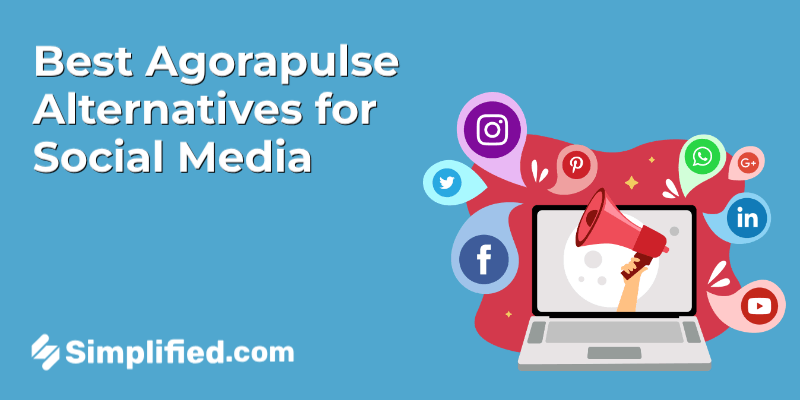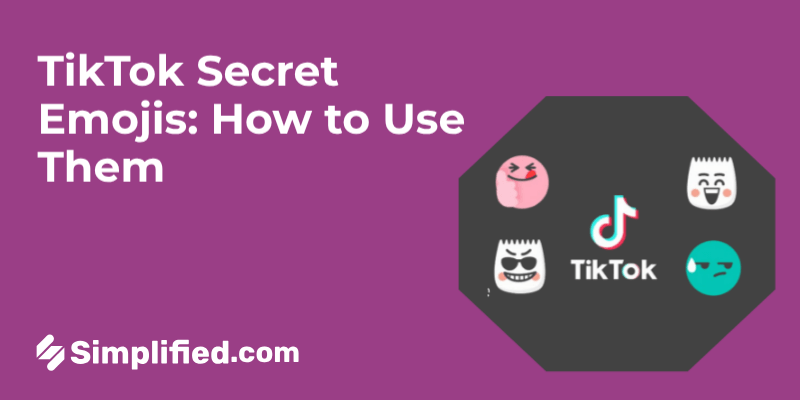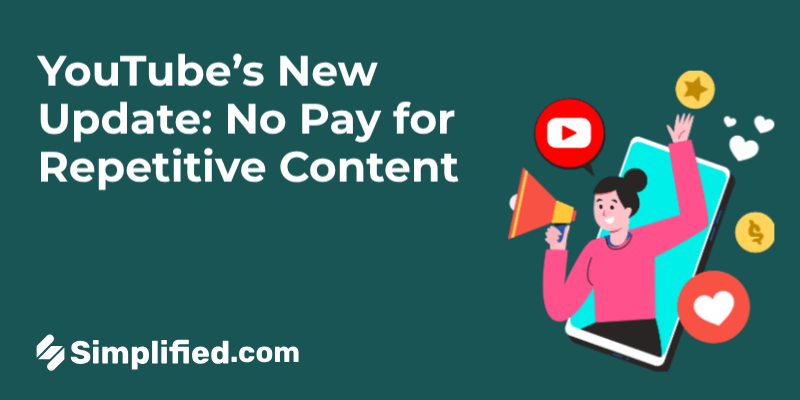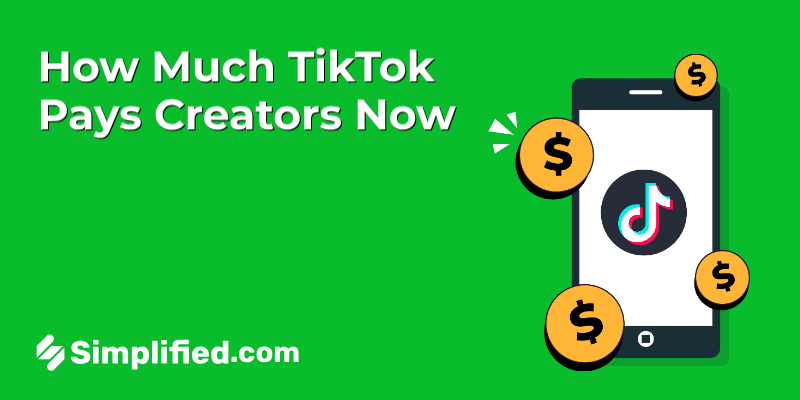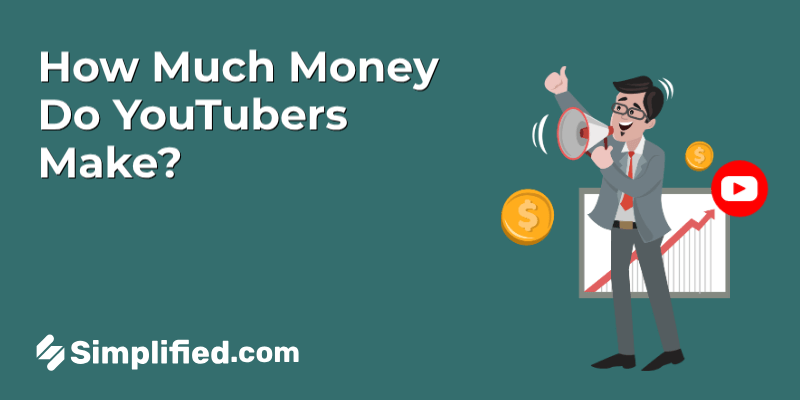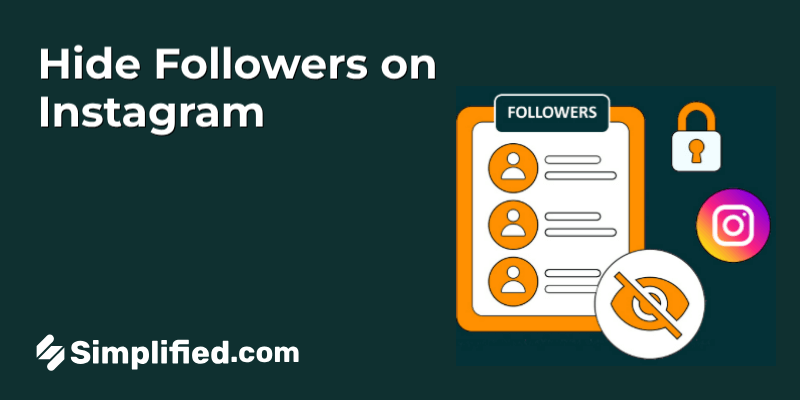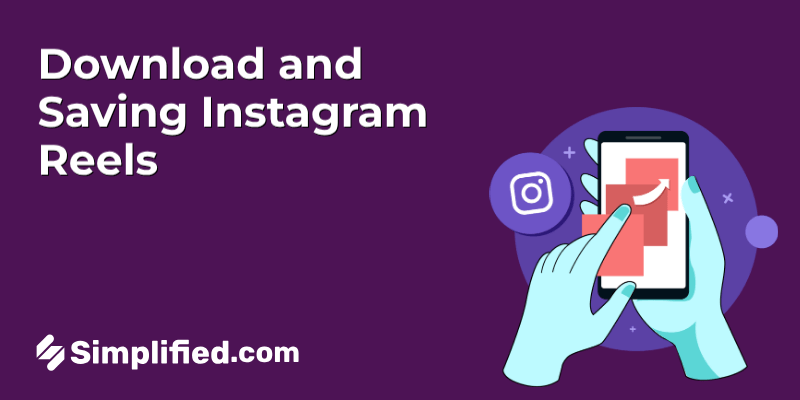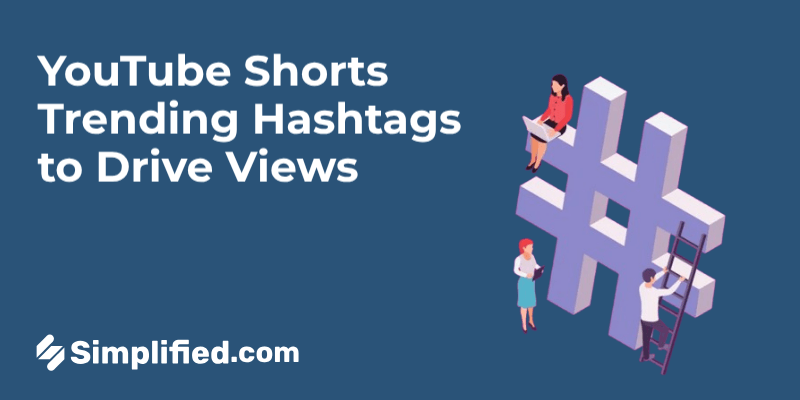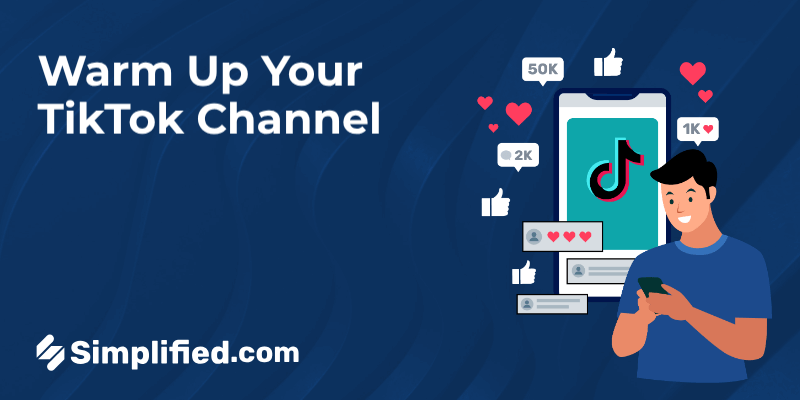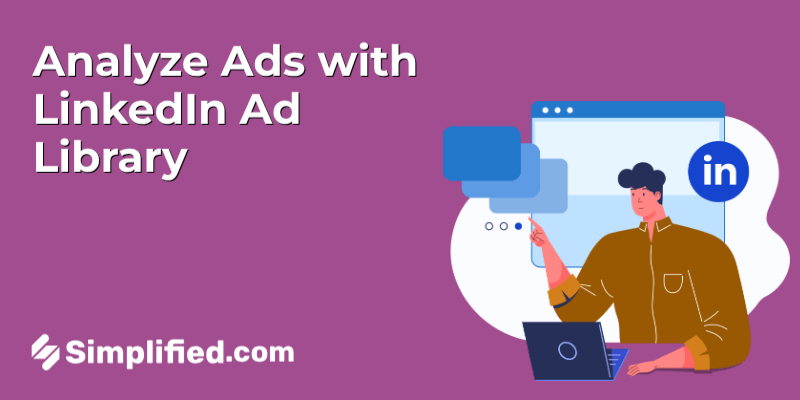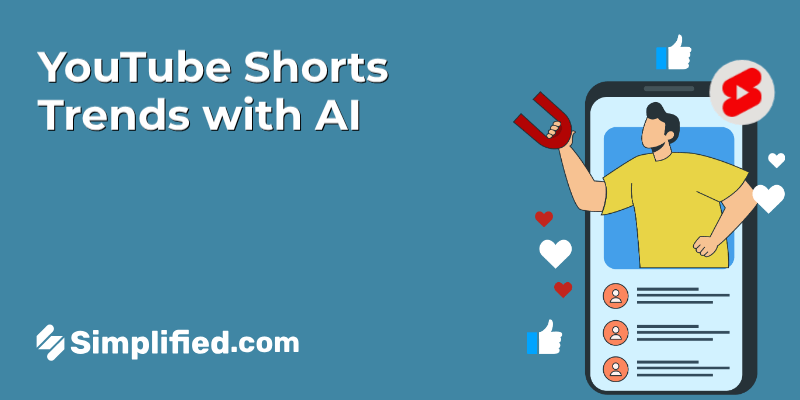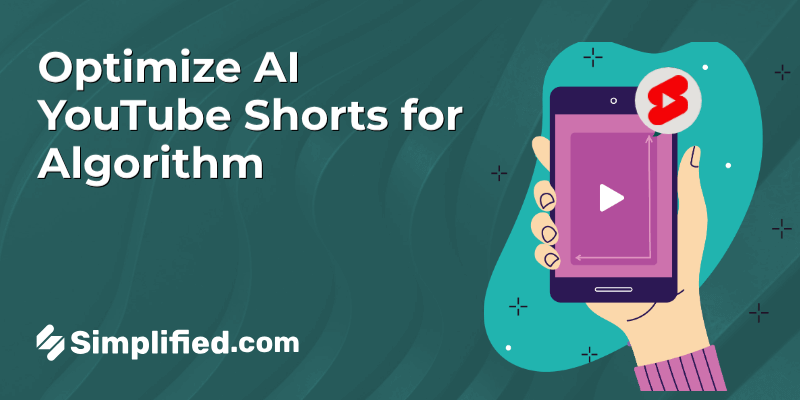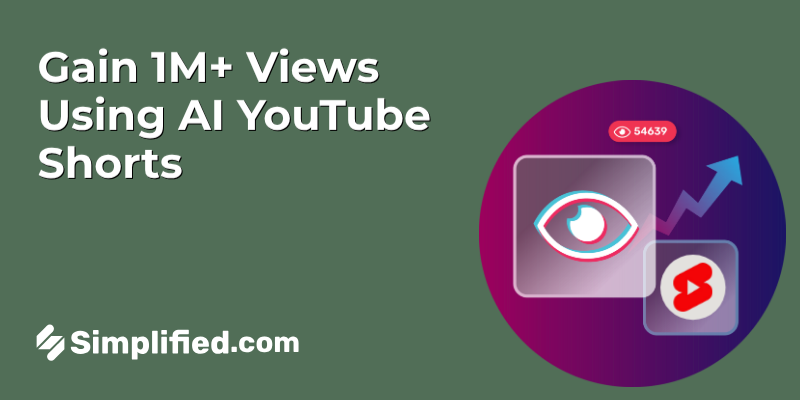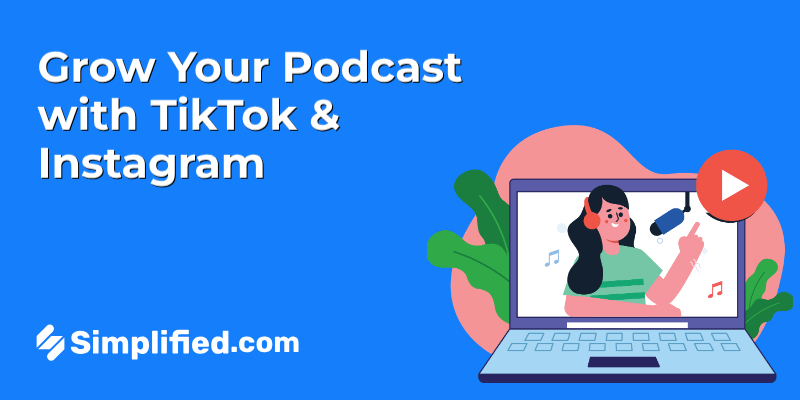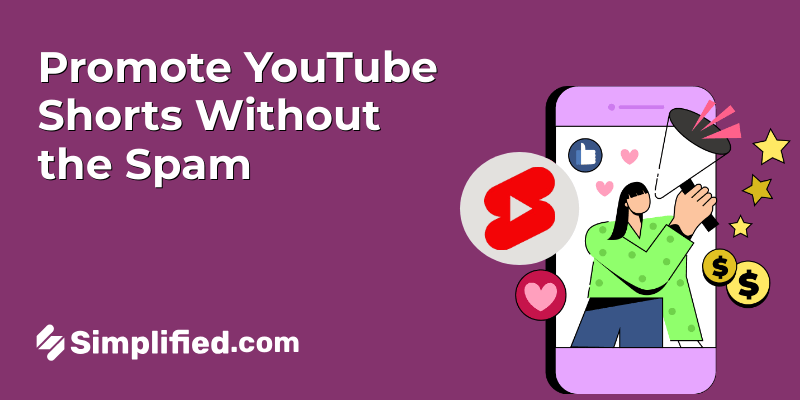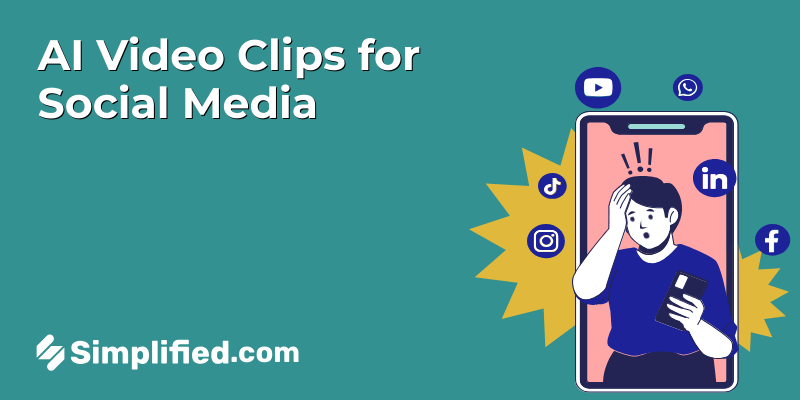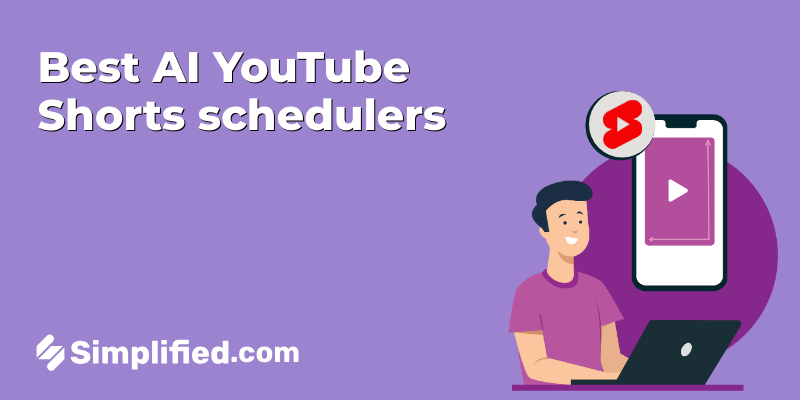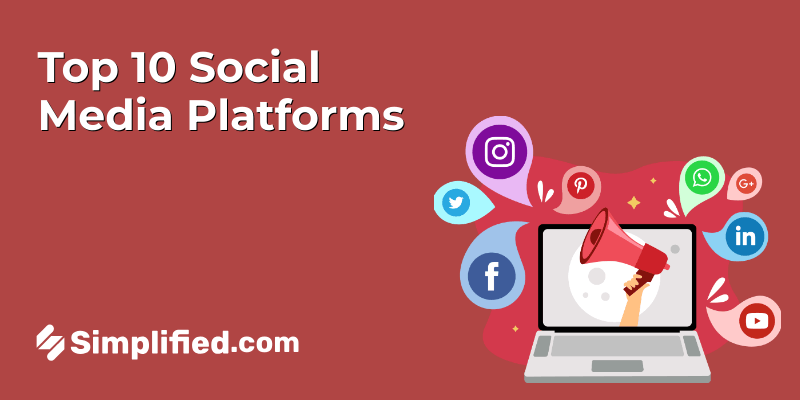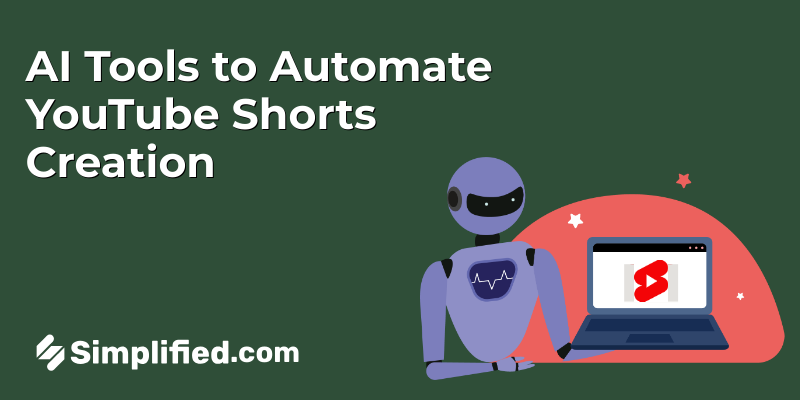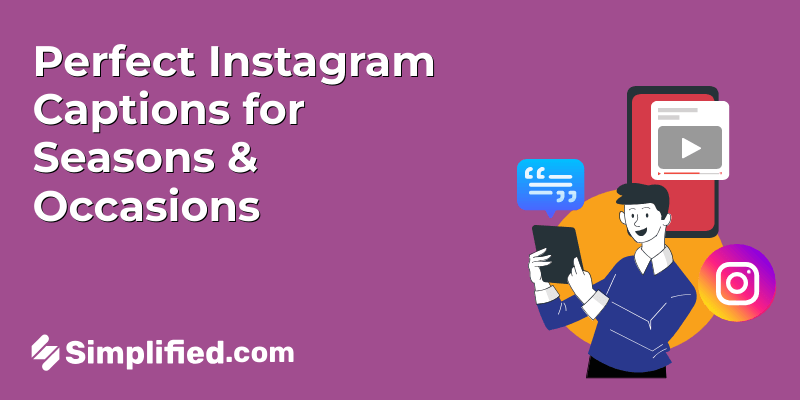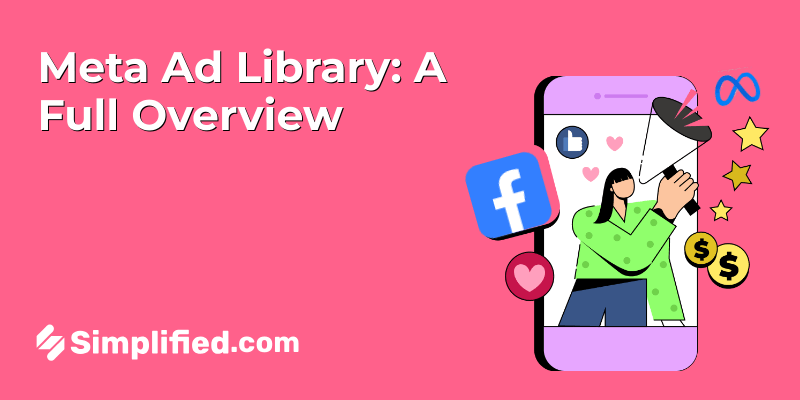
Brands are seeing a significant increase in their ROI with the marriage of social media and influencers. For example, brands like Daniel Wellington, Gymshark, and Stanley ran influencer campaigns to breathe life into their digital presence…and increase sales.
Stanley turned their $70 million per year brand into $750 million per year in 4 years by partnering with influencers. Such case studies and reports by reputable sources like Harvard Business Review, show how influencer marketing can revive even plateauing businesses and increase their ROI.
Now, AI is on the rise and reshaping how marketing works. This only means one thing — brands must keep up with it or get left behind.
Read on to learn how your business can use AI for influencer marketing.
How AI is shaping the future of influencer marketing
There are a host of ways you can use AI in influencer marketing. Here are the top 6:
How AI is shaping the future of influencer marketing
AI-powered influencer discovery
We have already established that influencer marketing works. But to drive the desired results, you must find the right influencers to show your brand in the best light.
However, there are a plethora of diverse influencers across social media branding platforms — and that’s where it gets difficult to identify the right ones for your brand.
Firstly, the image of your chosen social media creator should align with your brand. You must also ensure that they have a squeaky-clean reputation so that collaboration with them doesn’t hurt your brand’s perception.
Secondly, the influencer should have the required skills to create and promote content on your behalf, and their follower list should cover your target audience.
Now, figuring out which influencers suit your brand and ensuring the above criteria are huge tasks — and AI can simplify them for you.
Instead of just going with the big names, using AI will let you apply advanced influencer selection criteria. These systems can use massive amounts of data, from performance metrics to past brand collaboration success.
AI-powered influencer searching tools like Upfluence, Modash, and Klear examine the creator’s engagement rate and target demographics and align them with your goals. They also analyze the content relevance of the influencers and detect whether it matches your brand’s style.
The refined influencer identification features let you assess KPIs such as influencer risk and loyalty. This lets you gauge the partnership, select influencers with credible and organic reach, and allocate your marketing resources more strategically. AI can also help you notice the hidden gems of the creator world and discover collaborators who may have gone unnoticed.
To fully harness the capabilities of AI in influencer discovery, marketing teams must understand these technologies deeply. Specialized training through a learning management system can equip teams with the insights and skills to effectively use AI to identify the right influencers. This focused learning path ensures that your brand can navigate the complexities of AI-powered influencer marketing, leading to more successful and impactful collaborations.
Content creation with AI
Digital marketing expert and orator Marcus Sheridan said, “Content is the greatest sales tool in the world today” — powering it with an influencer’s reach can show exponential results.
While the right influencer content establishes authority and earns you credibility in your target demographic, let’s face it — it’s a very time-consuming process.
You must brainstorm new ideas with the influencer and ensure their creation matches your vision. Between numerous back and forths with the influencer and finalizing the piece through all the stakeholders, you lose precious time you could invest in the campaign strategies. Besides, how do you make your branded pieces stand out within an overload of content?
Here, using AI can solve these roadblocks and make your influencer marketing more efficient, cost-effective, and impactful. There are generative AI examples that can assist and guide your team to create strategies that suit your overall goals.
AI-powered content creation tools assess what kind of content generates the most engagement in your industry and find ideas the target audience will love. It saves the influencer and your marketing team hours of brainstorming, letting them focus on creative and strategic execution. AI can speed up your content creation process from hashtag generation to photo captions.

You can automate data analytics with AI algorithms to save time and ensure no crucial insight slips through the cracks. It lets you leverage data-driven predictions and create highly personalized content, targeting every segment accurately.
AI can even generate content drafts, scripts, memes, and visuals. All you need to do is align them with your brand’s and your chosen influencer’s image. Your partnered creator also gets more time to focus on the storytelling, making your overall campaign more impactful.
Moreover, with AI tools, you can bulk schedule your influencer collaborations and post them during the best time of the day.
AI for analytics and measurement
Partnering with influencers isn’t enough. You must also know whether the creator partnership is reaping the right results.
AI doesn’t just find you the right influencers. It can also help you see if their performance is up to the mark.
You can set up standard performance metrics like audience growth, engagement rate, reach, conversion per post, and sales growth. AI-driven creator analytics systems also let you customize the metrics according to your unique business needs, much like how an LMS RFP outlines specific functionalities for learning management systems.
It’s awkward asking your influencer partners to share their performance insights every day. With AI, you can avoid that by automating influencer campaign analytics and reporting. The system will generate real-time updates and reports you can share with your team.
You get a focused view of what’s working and what’s not, letting you optimize your campaigns. Some AI-powered influencer tracking tools also offer recommendations on improving engagement and ROI based on your current performance.
Virtual influencers
Did you know you can run influencer marketing without collaborating with any real-life influencers? The newest virtual influencers trend offers an intriguing alternative to general influencer collaborations.
Virtual influencers are computer-generated visuals that some top brands are now drawn to.
For example, virtual influencer Miquela boasts a whopping 2.5 million followers, which got her partnerships from brands like Chanel and BMW.
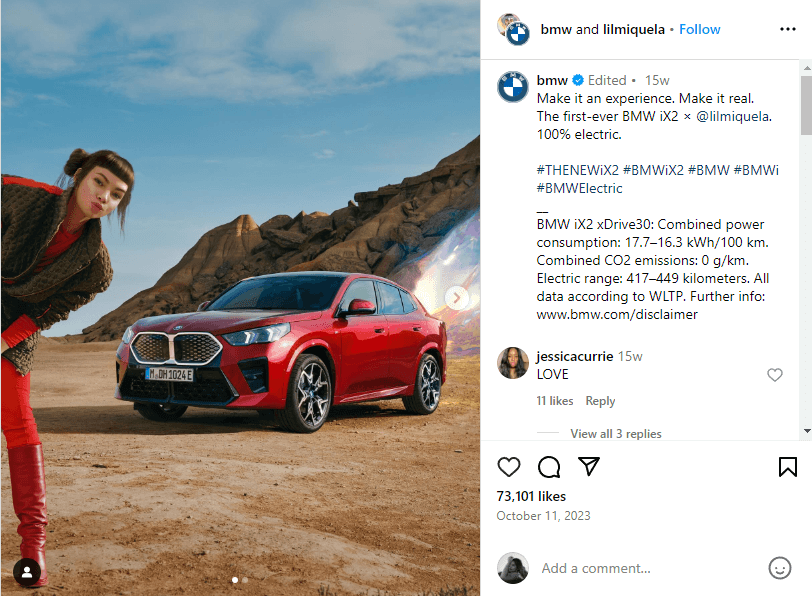
But why is this new AI influencer phenomenon getting so much business attention? Because they have more control over how their products look on the virtual influencer’s feed. You have more creative freedom over the designs, which you may not have with a real-life creator. It lets you personalize every touchpoint of your audience’s interaction and seamlessly align the campaign with your brand.
Above all, virtual influencers look fascinating to netizens. They offer a mystery, capturing the audience’s interest and getting them hooked on the virtual influencer’s feed. For example, even a bigwig like Harper’s Bazaar partnered with Imma for their Taiwan cover to build intrigue.
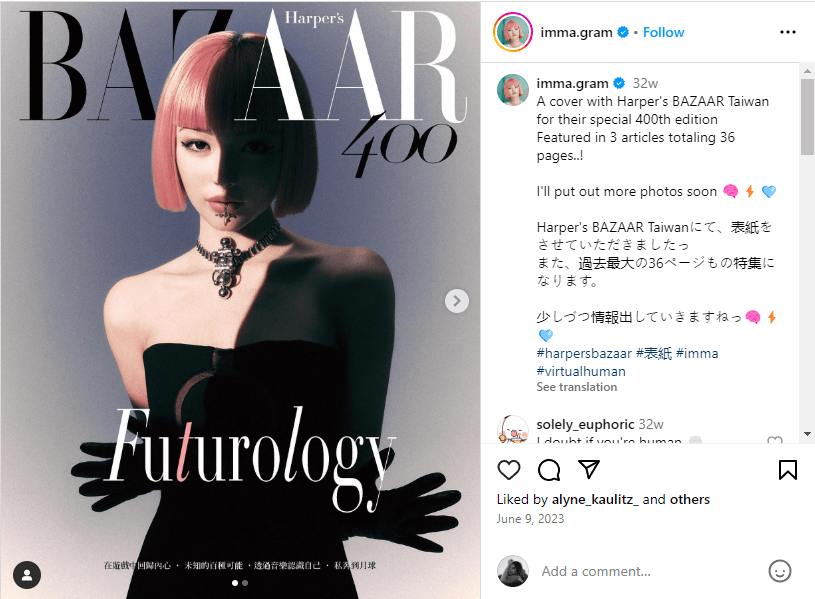
The result? The audience stumbles upon your branded content and engages with it, leading to brand awareness and more conversions.
Predictive modeling for campaign success
How do you minimize influencer marketing failures? By gauging how the campaigns will perform in the first place and fixing the issues before you roll them out.
AI offers predictive modeling through which you can process and validate your current influencer strategies. The system uses historical data, such as the creator’s previous campaign success, engagement rate, and ROI, and predicts the partnership’s potential success.
You can even estimate the expected reach and impact of a new campaign. If it doesn’t align with your expectations, AI can even point out areas of improvement. So, instead of just eye-balling the potential impact, you can make data-driven decisions and optimize the collaboration.
With rapidly changing audience preferences, trends come and go every week. That’s why keeping your campaigns hip and happening is no easy feat. However, predictive modeling can gauge the upcoming trends and audience demands and give you enough time to line up campaigns accordingly.
You can also use predictive modeling to refine your audience segmentation, ensuring every customer challenge, need, and expectation can be targeted through your influencer campaigns.
AI in influencer fraud detection
As the popularity of influencer marketing is soaring, so are the fraudulent activities in the industry. Many wannabe influencers manipulate engagement rates and followers to show a seemingly impactful digital presence. Brands partner with them expecting big numbers but end up with failed campaigns.
Losing your marketing investment is not the only damage your business suffers here. Collaboration with fraudulent influencers can be detrimental to your reputation, too.
Artificial intelligence is a potent weapon to fight such risks. AI algorithms analyze patterns humans may miss and detect whether an influencer buys followers and uses bots to inflate their apparent reach.
It can identify anomalies in influencer metrics, such as a sudden spike in followers or a swift rise in engagement. AI can also benchmark your chosen influencer’s engagement against the industry standard to see whether their portrayed reach is authentic.
In short, audiences love influencer marketing because they are credible and authentic — and AI creator fraud detection lets you maintain that. Such trackers vet every creator’s potential and presence, ensuring you only partner with those who are authentic and have organic reach among your target audience.
AI in influencer marketing is the future
Right from influencer discovery to creating content and being the influencer itself, AI in influencer marketing is bound to change the marketing game as we know it. And with the right influencer marketing tools, you can streamline your process even better. You can-
So, instead of getting left behind, harness the power of AI to up your influencer marketing game and get the most out of your campaigns, whether it’s your target audience or increasing sales.

